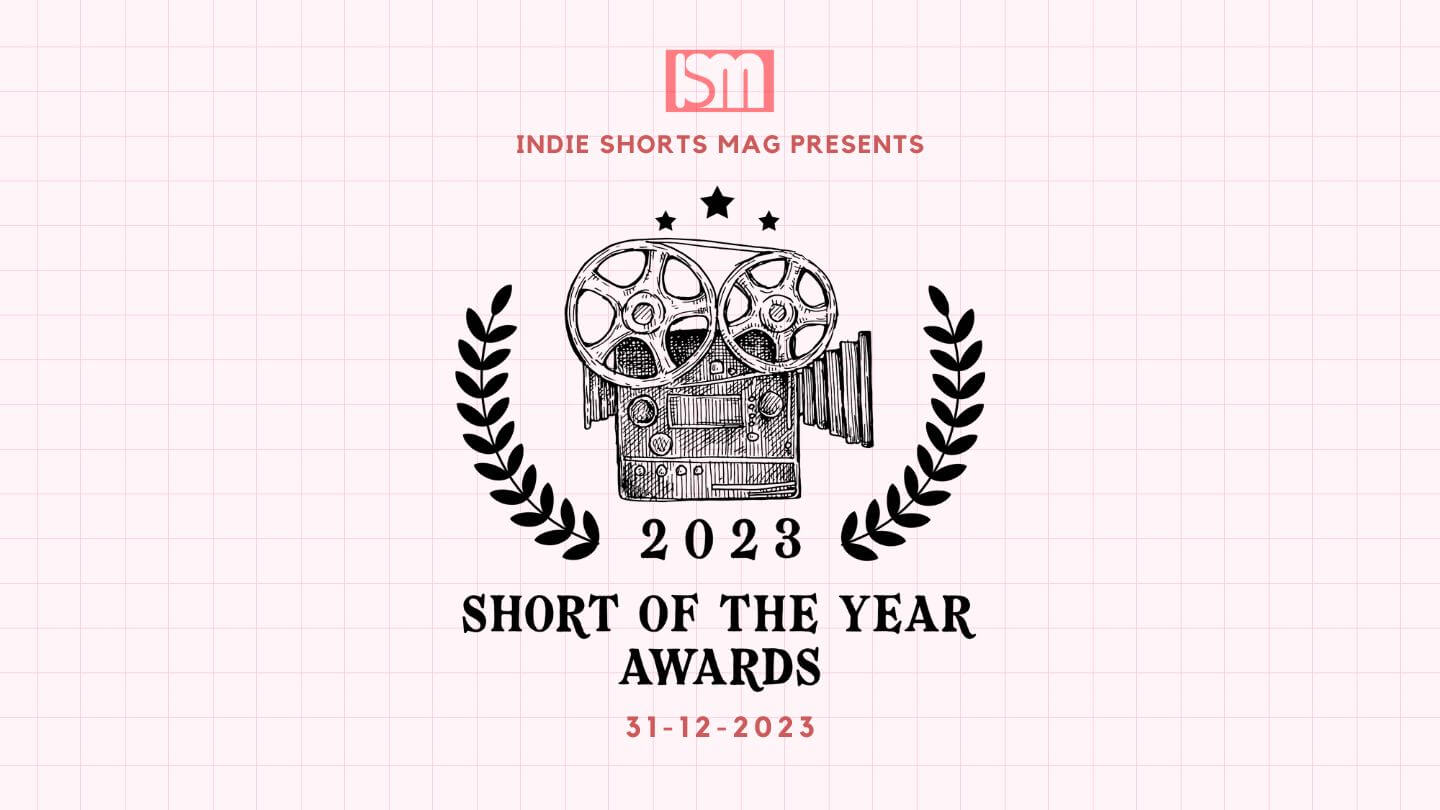In a fast-paced entertainment world, where attention spans seem to dwindle by the minute, a subgenre of filmmaking defies convention and captivates audiences through its deliberate and unhurried storytelling. This type of narrative, known as the “slow burn,” may not be for everyone. Still, it offers a unique and rewarding cinematic experience for those who appreciate patience.
Understanding the Essence of a Slow-Burn Movie or TV Show
Defining a slow-burn movie or TV show is no easy task, as it transcends rigid categories and manifests as more of a feeling than a concrete definition. However, at its core, a slow-burn story is a storytelling approach that moves at its own deliberate pace, often focusing on character development, intricate plotlines, and a gradual buildup of tension, leading to a powerful and constantly explosive climax. While traditional Hollywood blockbusters tend to dazzle viewers with action-packed sequences and rapid-fire plot progression, slow-burn films lure their audiences into a hypnotic state, drawing them into a world that demands contemplation and emotional investment.
The Slow-Burn Movie Meaning
At the heart of slow-burn filmmaking is gradual building and systematic development. Scenes, plot points, and character arcs are carefully crafted, allowing emotions to simmer and relationships to evolve naturally. This unhurried process can create an immersive experience where viewers feel they are part of the narrative rather than mere spectators.
Slow Burn Across Different Genres
While slow burn can be found across various genres, its nuances differ depending on the storytelling context. In comedy, a slow-burn joke may take a few beats to develop and unfold fully. Like classic moments from Lucille Ball’s antics or the beginning of the Three Stooges’ chaotic routines, these jokes build gradually, leading to hilarity and amusement.
Talking about a very slow-burn romance in character relationships refers to the gradual development of chemistry and emotional connection between two characters. This is especially prevalent in TV shows, where iconic couples like Ross and Rachel from “Friends” or Jim and Pam from “The Office” captured the hearts of audiences as they navigated through various stages of their relationships.
Notable Slow-Burn Movie and TV Show Examples
Several timeless films exemplify the art of slow burn, leaving a lasting impact on audiences worldwide. One such masterpiece is “Donnie Darko,” a mind-bending tale of time travel and existentialism. The film takes its time to build Donnie’s character and the eerie world he inhabits, leading the reader to a climactic revelation that ties together every puzzle piece introduced along the way.
Another iconic slow-burn movie is “Rosemary’s Baby,” a psychological horror that slowly unravels the sanity of its protagonist, Rosemary. The film immerses viewers in a web of mystery, romance, and suspense, gradually but finally revealing the sinister truth behind her pregnancy.
For those who enjoy edge-of-your-seat thrillers, “Wait Until Dark,” starring Audrey Hepburn, offers a compelling experience. The film carefully constructs a tense atmosphere as it delves into the plight of a blind woman confronting menacing intruders in her home, culminating in a nail-biting and unforgettable finale.
Embrace the Artistry of Slow Burn
Slow-burn movies and TV shows provide a welcome sense of respite for audiences seeking thought-provoking narratives and well-developed characters in a world obsessed with instant gratification. These storytelling gems prove that patience and careful construction can lead to cinematic experiences that leave a lasting impression.
As filmmakers, writers, and aspiring creatives, exploring the world of slow burn opens up new avenues for evoking emotions and feelings, crafting intricate narratives, and taking audiences on unforgettable journeys. So, the next time you embark on a movie night, consider embracing the beauty of a prolonged burn, meaning a no-burn masterpiece, and you may find yourself lost in a world where time takes a backseat and storytelling reigns supreme.















